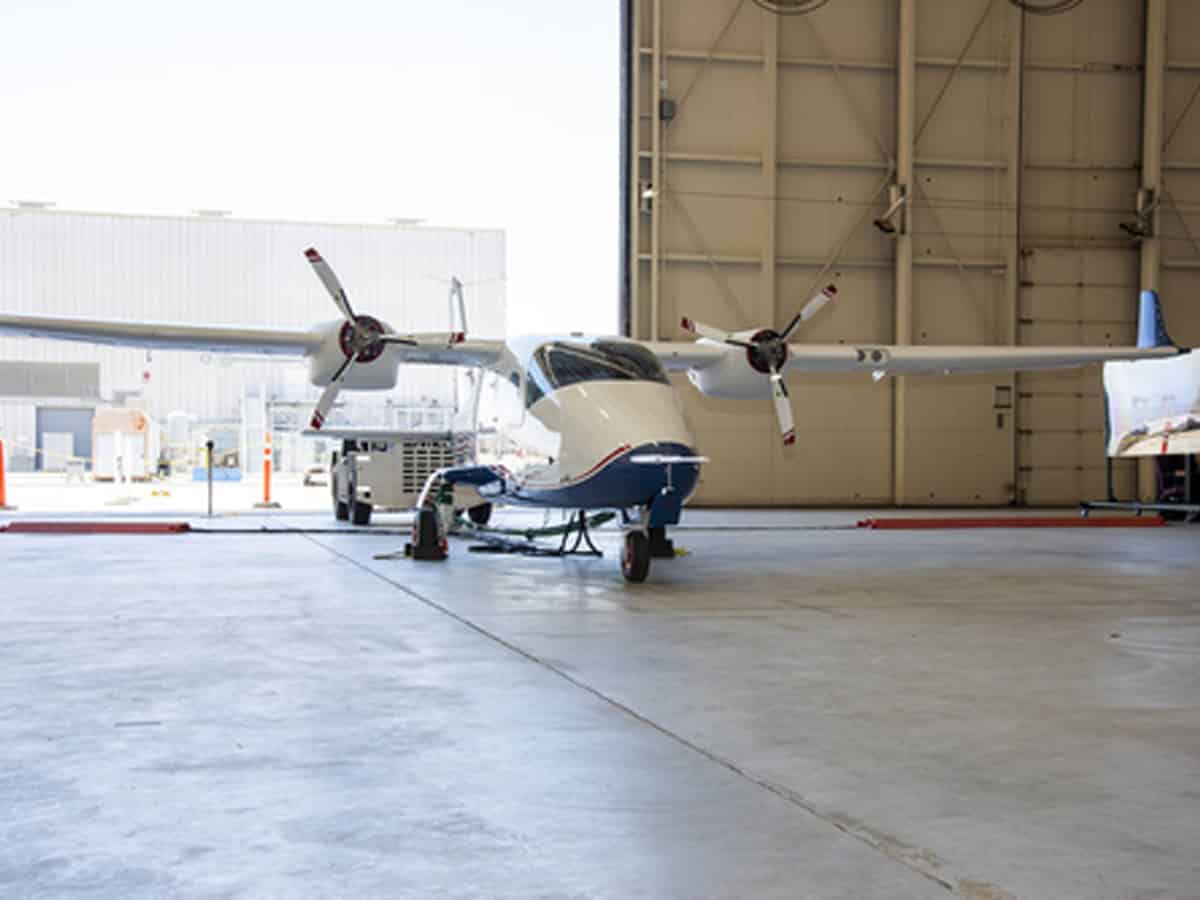
Washington: NASA has called off its plan to fly X-57, the experimental electric aircraft, after discovering an anomaly in its propulsion system which can put people’s lives at risk.
Safety and time is the reason behind the permanent scrubbing of the flight, NASA was quoted as saying in a conference call with reporters by science and tech news portal Popular Science.
“Unfortunately, we recently discovered a potential failure mode in the propulsion system that we determined to pose an unacceptable risk to the pilot’s safety, and the safety of personnel on the ground, during ground tests,” Bradley Flick, the director of NASA’s Armstrong Flight Research Center in California, said in the call.
“Mitigation of that failure would take the project well beyond its planned end at the end of this fiscal year, so NASA has decided to end the project on time without taking the vehicle to flight,” he added.
Flick noted that more budget and time could have helped in flying X-57 safely. The X-57 Maxwell all-electric aircraft was built by modifying an Italian Tecnam P2006T to be powered by an electric propulsion system.
NASA created the all-electric aircraft to not only pave the way toward electric aviation but also to support the US climate goal of achieving net-zero greenhouse gas emissions from the aviation sector by 2050.
The US space agency had earlier expected to conclude aircraft operational activities by the end of September, with documentation and close-out activities continuing for several months afterwards.
However, it faced some challenges, following which it scaled back to just two propellers from the initial plan of more than a dozen.
In January, its transistor modules in the electrical inverters kept failing and “blowing up” in testing.
While the issue was resolved, it led the team to scrap the plan to fly the aircraft.
“As we got into the detailed analysis and airworthiness assessment of the motors themselves, we found that there were some potential failure modes with the motors mechanically, under flight loads, that we hadn’t seen on the ground,” Sean Clark, the project’s principal investigator was quoted as saying to Popular Science.
“We’ve got a great design in progress to fix it, it’s just (that) it would take too long for us to go through and implement that,” he added.
Meanwhile, NASA also has two other X-plane programmes in the works — a designation that means that the aircraft is experimental and for research, and that comes from the Department of Defense, the report said.
The X-59 is expected to fly this year, while X-66A will take flight in 2028.

